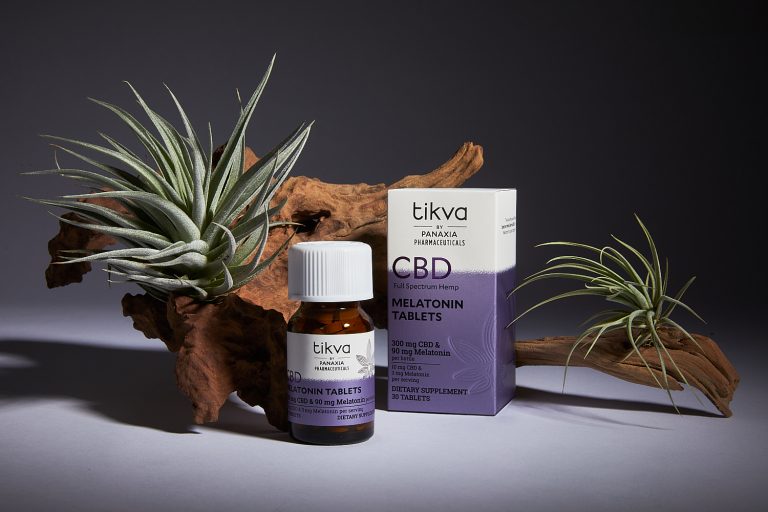What are CBD & THC? How do they work?
Even though humans have been using Cannabis sativa for millennia (Clarke & Merlin, 2016) and domesticated it centuries ago, major clinical research into the plant only began in the 20th century (Pertwee, 2006). The U.S. federal government has permitted the cultivation and possession of hemp, which is defined as the Cannabis sativa L. plant and any part of the plant with a delta-9 THC concentration of not more than 0.3 percent by dry weight.
We now have learned what is behind hemp’s health and wellness benefits: cannabinoids. These chemical molecules interact with the endocannabinoid system (ECS), which exists in all vertebrae and regulates the body to keep it healthy and, put simply, happy.
Today we know that hemp contains over 100 cannabinoids. Most function by binding to ECS receptors—known as CB1 and CB2—that are distributed in the central nervous system, the organs, and the immune system (Reggio, 2010). Among these various cannabinoids is “cannabidiol” (CBD).
Containing a very low THC content (0.3% dry weight or below) distinguishes hemp from the cannabis variety long referred to as “marijuana.” Hemp has an array of applications, being processed into everything from textiles, plastics, and jewelry to fuel, food, and animal feed. According to the Federal Agriculture Improvement Act (AKA the “Farm Bill”) of 2018, the plant must contain no more than 0.3% THC dry weight to be classified as hemp (Sawler et al., 2015).
Many hemp manufacturers market their products according to the strains’ CBD percentages, implying that from these values overall chemical compositions can be extrapolated. Yet, early evidence suggests that different strains with similar cannabinoid ratios affect the human physiology differently (Mudge, Murch & Brown, 2018). If so, hemp may hold even more promises for health and happiness than we are already aware of.
References
Pertwee, R. (2006). Cannabinoid pharmacology: The first 66 years. British Journal of Pharmacology, 147, S163-S171. doi.org/10.1038/sj.bjp.0706406






